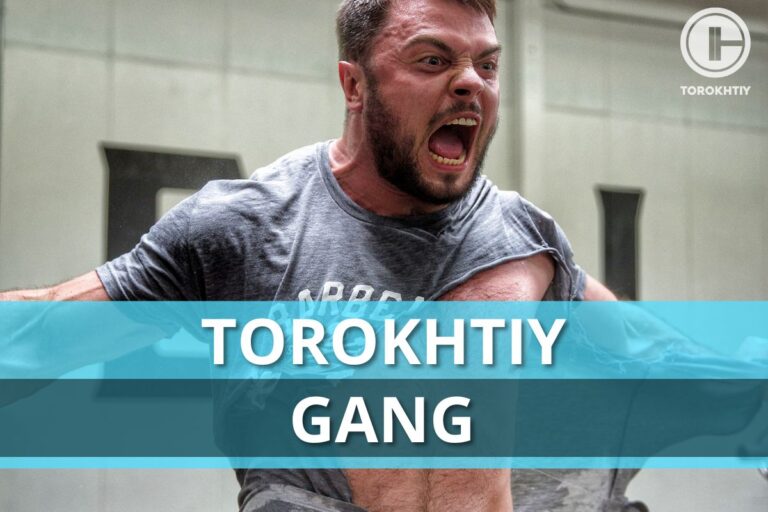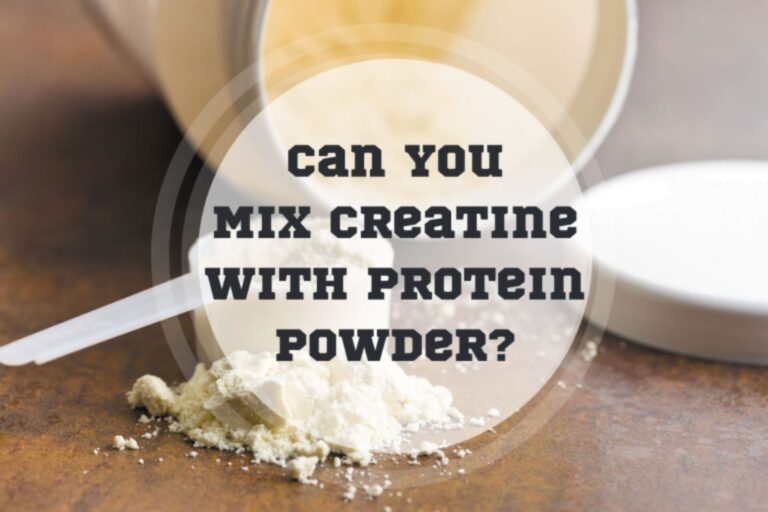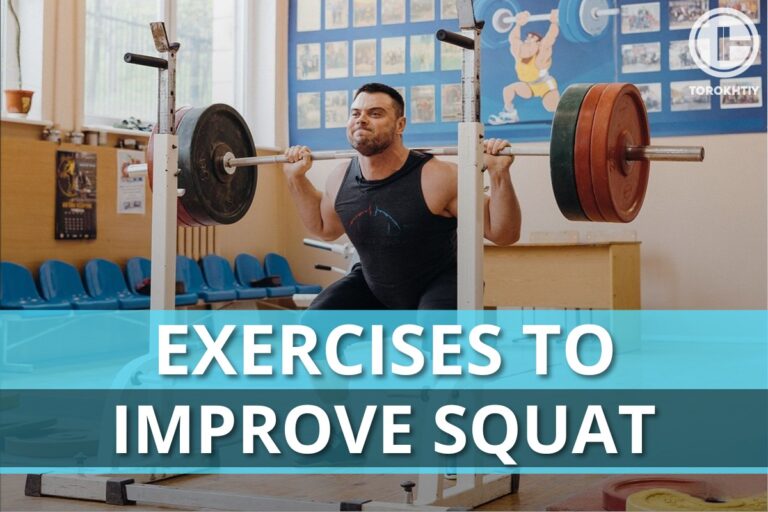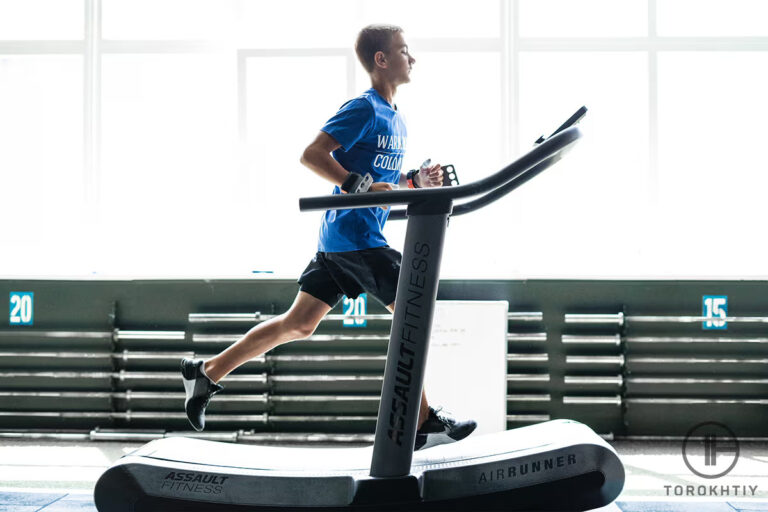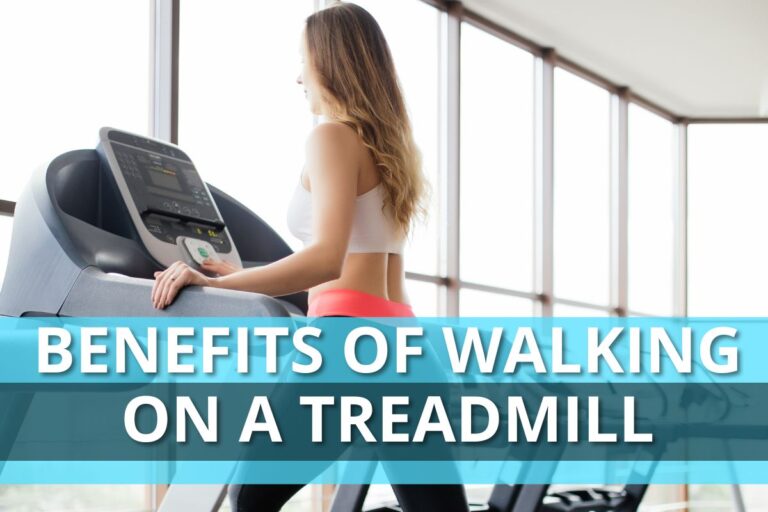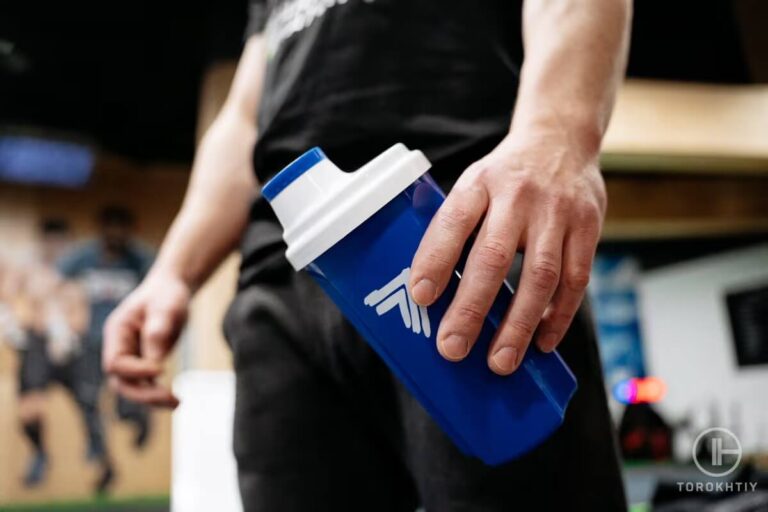Do Deadlifts Work Glutes?
Deadlifts are known as one of the big three lifts for a reason. They work our full body, with different muscle groups working together to perform the movement correctly and safely. During a deadlift, multiple planes of motion are used and different joint movements occur depending on the deadlift variation.
But, do deadlifts work glutes? What deadlift variation can you use? Maybe there are some alternative exercises? I’ve answered all these questions and explained the best glute focused deadlifts below to help you choose the best one for you.
Do Deadlifts Work Glutes? Deadlifts do work your glutes, with the degree of muscle activation depending on the variation used. Using different variations, the conventional movement and alternative exercises better targets your glutes and leads to bigger gains in the gym.
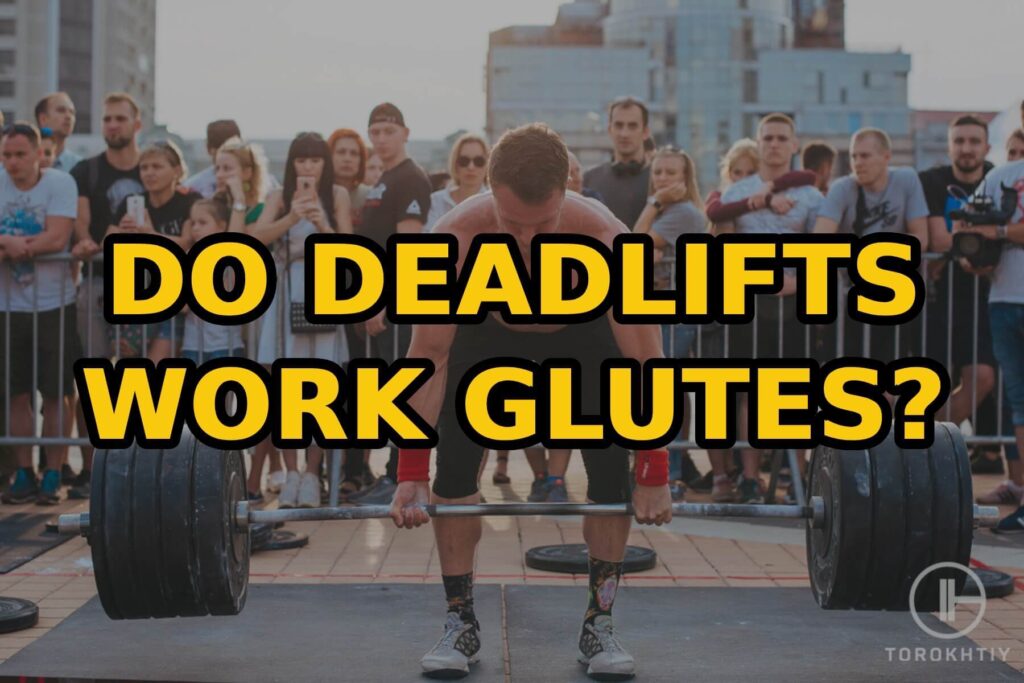
Do Deadlifts Work Glutes?
Deadlifts are compound movements that work your glutes, hamstrings, core, back, and trapezius muscles. This makes up the posterior chain. Deadlifts are a hip-dominant movement that is initiated by a hip hinge, progressing into slight knee flexion as you pick up the barbell. Whilst maintaining a neutral spine and bracing your core, the bar is lifted off the ground as you extend your knees back up and drive through your hips.
Deadlifts can be divided into two phases, with different muscles working during each one. The first phase of the lift involves moving the bar from the floor to the knees, primarily targeting the quad muscles. The second phase involves bringing the bar from the knees to a lock-out which engages the lower and mid-back muscles, as well as the glutes and hamstrings.
With this, are deadlifts good for glutes? The degree of glute activation depends on the phase of the deadlift and the variation used, with different movement patterns determining which muscles are the prime movers and which are the synergist and accessory muscles. Let’s take a look at them below!
Best Deadlift Variations for Glute Growth
Several deadlift variations for glutes can be used. Below I’ve discussed the best deadlifts for glutes and how to perform them correctly.
1. Romanian Deadlift
Use Romanian deadlifts for glutes growth in your workout routine. This variation targets the glutes more than any other because it isolates the top half of the range of motion, from bending over to about shin height to standing up. As a result, this reduced range of motion creates a longer time under tension, allowing the glutes to be engaged for longer during the movement.
Start by standing in the locked-out position of the conventional deadlift. Create a slight bend in the knees and slowly move the barbell down your quadriceps by hinging at the hips until you reach just below the knee, or to where your individual flexibility allows. From here, keep the barbell touching the quadriceps and stand up in a locked-out position. In order to activate the glutes further, squeeze them at the top of the movement.
2. Sumo Deadlift
The sumo deadlift has the foundations of a conventional deadlift, however, uses different foot, hip, and torso positioning. This makes the sumo deadlift for glutes focused workouts a great choice. Point your feet out at approximately 45 degrees and spread your legs to outside shoulder width whilst your hands are placed on the bar, inside of your knees.
Your knees should track over your toes and your arms should remain long with your palms facing the front of your thighs. Your chest should be up whilst maintaining a neutral back.
Tense your back, legs, and glutes and push through the floor to initiate the lift. Your focus should be on the quadriceps and not prematurely lifting your pelvis in an attempt to move the weight. Your knees and hips should extend simultaneously to lock out as you reach a standing position. Your back should remain tight, with your arms hanging down low.
3. Deficit Deadlift
This Deadlift variation can be performed in either a conventional or sumo stance, depending on the preferred target muscle groups; a conventional deficit deadlift stance places more stress on your erector spinae whilst the sumo deficit deadlift targets your quads and glutes more due to the wider stance. Deficit deadlifts allow you to create a bigger range of motion by using an elevated foot position, placing more stress on your posterior chain compared to conventional deadlifts.
Start by standing on an elevated platform, typically 1-4 inches. Small wooden boxes or weight plates are most commonly used. Assume your normal setup position and perform your usual concentric and eccentric phases of the lift, controlling the movement throughout.
4. Landmine Deadlifts
The Landmine Deadlift can be easier on your lower back because it encourages a more upright torso position and focuses on the hip hinge, putting less pressure on your spine. The wider foot position combined with the torso position allows your hamstrings and glutes to take more of the load.
Start the movement with feet shoulder-width apart, create a cradle with your hands around the sleeve of the barbell by interlacing your fingers. Perform a deadlift by pushing your hips back and driving them forwards, ensuring your knees and hips extend together. Maintain a neutral back position with your chest up throughout. Your arms should be straight throughout the movement.
Alternative Exercises for Glutes
As well as deadlifts, there are lots of other movements that can create a different stimulus and target your glutes more effectively. Here are some examples of alternative exercises:
1. Hip Thrusts
A hip thrust can be either a bodyweight, barbell, or dumbbell movement. It involves an upward thrust motion, heavily targeting the glutes when performed correctly. Hip thrusts primarily target your glutes, quads, hamstrings, adductors, and erector spinae muscles.
Start with your upper back on an elevated surface such as a bench. Make sure your shoulder blades maintain contact with the elevated surface. Distribute your weight evenly throughout both feet. Your chin should remain tucked throughout the movement, with all repetitions beginning from this position. To begin, push your feet into the ground and thrust your hips to the ceiling to achieve full hip extension. To ensure correct foot placement your shins should be in line with your ankles once fully extended. Return to the starting position by performing a hip hinge.
2. High Stance Leg Press
The leg press can be altered, just like the deadlift, in order to achieve a different stimulus. Placing your feet higher up on the foot pad places more of the load on your hamstrings and glutes to activate, taking some stress off the quads. This is due to the additional hip extension required from the higher foot position.
Begin the exercise by placing your feet high on the leg press platform with your toes next to the edge. Your feet should be shoulder width, or just outside and slightly flared at an angle. Perform reps by flexing simultaneously at the knees and hips until you have reached full depth. Maintain flat feet on the platform and avoid raising your back. Repeat this movement as required.
3. Kettlebell Swings
Kettlebell swings are a great movement for all-around general fitness. They create a full-body workout, involving the majority of muscle groups, but primarily the posterior chain. As well as this, kettlebell swings are great for cardiovascular health by raising the heart rate and working on your cardiovascular fitness.
Holding a kettlebell in front of your body with elbows locked out, create a slight bend in the knees and hinge your hips in order to swing the kettlebell through your legs. Maintain a neutral back and keep facing forward. Use the momentum from the kettlebell between your legs to thrust the weight out in front of your body. Contract your glutes as you push through your hips and slowly lower the kettlebell back down under control.
🔻12-Week Deadlift Strength Program by Oleksiy Torokhtiy
Unlock your true potential with our Deadlift Strength Program!
Designed for athletes by 2-time Olympian Oleksiy Torokhtiy, this 12-week program focuses on enhancing your deadlift strength, strengthening your back and legs.
Program details:
- 12 weeks;
- 3 days / week;
- 45-120 minutes per session;
- 50+ specific exercises;
- Focus on New Result in Deadlift;
- One-time payment, no recuring payments;
- Full access to all training content.
Start now and boost your deadlift results!
FAQ
Do Deadlifts Mainly Work Glutes?
Deadlifts work the whole posterior chain which includes multiple other muscle groups including the glutes. Different glute-focused deadlift variations can be performed such as deficit deadlifts and landmine deadlifts.
What Deadlift Is Best for Glute Growth?
Whilst all of the deadlift variations I’ve discussed above are great for glute growth, the Romanian deadlift allows more time under tension and isolation of your glutes on the eccentric phase. This makes it one of the best deadlift variations to choose from.
Do Sumo Deadlifts Work Glutes?
Sumo deadlifts work multiple muscle groups including the quads, hamstrings, inner thighs, and glutes. The wider stance combined with the outward foot positioning allows for greater glute activation compared to conventional deadlifts.
Conclusion
Deadlifts are classed as a compound movement meaning they work a large number of muscle groups which include the glutes. Different deadlift variations can be performed to target them more, such as Romanian and sumo deadlifts.
Alternative glute-focused exercises such as hip thrusts and kettlebell swings are great to add to your workout routine, with deadlifts as the main compound exercise.
Do you perform deadlifts regularly? Which variations do you use for glute growth? Let me know in the comments below!
Also read:
- Deadlift Progression
- Deadlifting 405
- Does Deadlift Work Lower Back
- Eccentric Deadlift
- Deadlift Bar vs Stiff Bar
- How to Improve Deadlift
- Sumo vs Conventional Deadlift
References:
- Improving the Deadlift: Understanding Biomechanical Constraints and Physiological Adaptations to Resistance Exercise // LWW: https://journals.lww.com /nsca-scj/fulltext/2010/08000 /Improving_the_ Deadlift__Understanding .4.aspx
- How to Strengthen Your Posterior Chain Muscles // Healthline: https://www.healthline.com/ health/posterior-chain
- Gluteus Maximus Activation during Common Strength and Hypertrophy Exercises: A Systematic Review // NIH: https://www.ncbi.nlm.nih.gov /pmc/articles/ PMC7039033/
- Exercise Technique: Deficit Deadlift // LWW: https://journals.lww.com/nsca-scj/Abstract/2019/ 02000/Exercise_ Technique__Deficit _Deadlift.11.aspx
- An Electromyographic Analysis of Romanian, Step-Romanian, and Stiff-Leg Deadlift: Implication for Resistance Training // NIH: https://www.ncbi.nlm.nih.go v/pmc/articles/ PMC8835508/
- Variations of the Deadlift // LWW: https://journals.lww.com/nsca-scj/Citation /2001/06000/ Variations_of_the_ Deadlift.13.asp
Why Trust Us?
With over 20 years in Olympic Weightlifting, our team does its best to provide the audience with ultimate support and meet the needs and requirements of advanced athletes and professional lifters, as well as people who strive to open new opportunities and develop their physical capabilities with us.
By trusting the recommendations of our certified experts in coaching, nutrition, dietology, and sports training programming, as well as scientific consultants, and physiotherapists, we provide you with thorough, well-considered, and scientifically proven content. All the information given in the articles concerning workout programming, separate exercises, and athletic performance, in general, is based on verified data. We ensure that you can rely on our professionals’ pieces of advice and recommendations that can be treated as personalized ones which will benefit you and fully meet your needs.
The product testing process is described in more detail here
Author: Sergii Putsov
Head of Sport Science, PhD
Best Results: Snatch – 165 kg,
C&J – 200 kg
Sergii Putsov, Ph.D., is a former professional weightlifter and National team member, achieving multiple medals in the 94 kg weight category at national competitions. With a Master’s degree in “Olympic & Professional Sport Training” and a Sport Science Ph.D. from the International Olympic Academy, Greece, Sergii now leads as the Head of Sport Science. He specializes in designing training programs, writing insightful blog articles, providing live commentary at international weightlifting events, and conducting educational seminars worldwide alongside Olympic weightlifting expert Oleksiy Torokhtiy.



